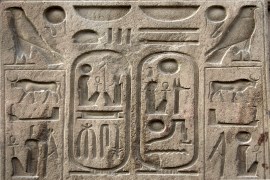Collections | Livre | Chapitre
The gap at the center
pp. 45-78
Résumé
While not quite like being eaten by a wolf and thrown over a cliff, the prospect of the internal collapse of the Classical formulation of consciousness has a serious impact. It lays bare the ambiguity at the heart of ordinary experience by serving notice on the ungroundedness of its underlying ontic conviction, leaving in sore need of resilvering the tarnished prestige of the power of mimesis and analogy to represent the "real."1 The contemplative sight of the measure of the higher and the far, beheld at night, has become blurry and increasingly myopic. At worst, mimetic and analogical resemblance will prove to be inadequate to the task of meeting the needs, cares and necessities of ordinary life under the yoke of the criterion of beauty. At best they will be reduced in rank to become the "tools" of the rhetoric and logic of scientific persuasion.2
Détails de la publication
Publié dans:
Kersten Frederick (1997) Galileo and the "invention" of opera: a study in the phenomenology of consciousness. Dordrecht, Springer.
Pages: 45-78
DOI: 10.1007/978-94-015-8931-4_3
Citation complète:
Kersten Frederick, 1997, The gap at the center. In F. Kersten Galileo and the "invention" of opera (45-78). Dordrecht, Springer.










